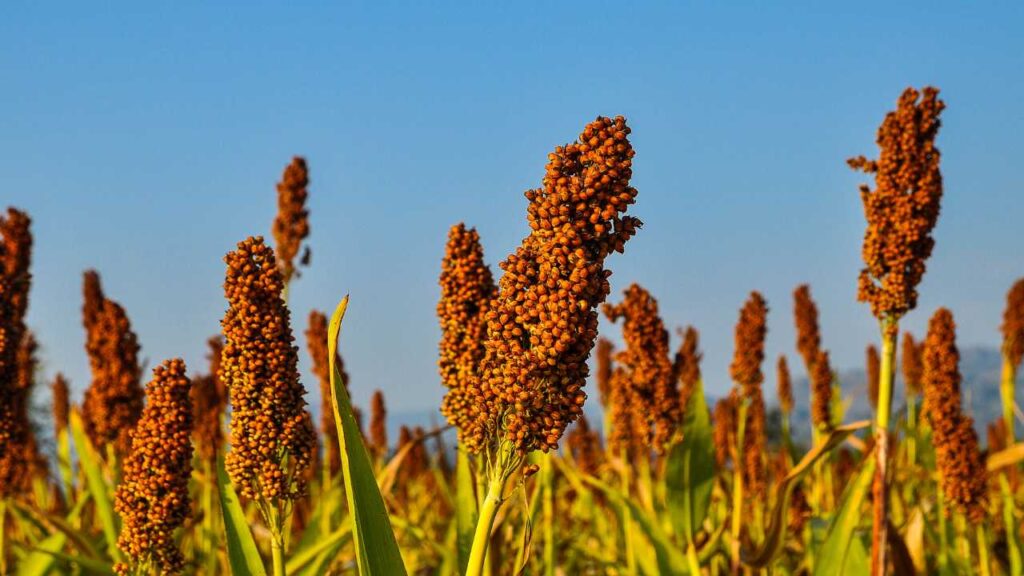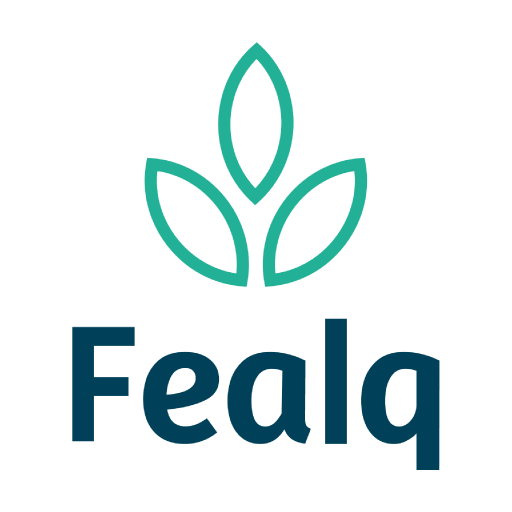Victória Santos Souza a , Lucas Pecci Canisares a c , Bruna Emanuele Schiebelbein a , Darliane de Castro Santos b , Rafael Braghieri Menillo a , C. Roberto Pinheiro Junior a , Maurício Roberto Cherubin a d
- aDepartment of Soil Science, “Luiz de Queiroz” College of Agriculture – University of São Paulo (ESALQ/USP), Piracicaba, SP, Brazil; bFederal Institute of Education, Science and Technology Goiano, Rio Verde, Goiás, Brazil; cDepartment of Plant and Soil Sciences, University of Kentucky, Lexington, KY, USA; dCenter for Carbon Research in Tropical Agriculture (CCARBON) – USP, Piracicaba, São Paulo, Brazil
Highlights
- Mix of cover crop and ruzigrass increased the Soil Health
- Biological indicators were highly sensitive to management practices.
- Healthy soils led to up 10 % increase in soybean yield.
- Healthy soils are more resilient, increasing the stability of soybean yields.
Abstract
Cover crops have emerged as an effective strategy for diversifying agricultural practices, contributing to mitigate climate chance by carbon sequestration, increasing crop yield and even, increasing the crop resilience to adverse wheatear conditions. However, soil health changes and its impacts on crop yield and resilient are poorly documented in tropical conditions. Thus, we aimed to i) evaluate the impact of biodiversification of soybean cropping system, using cover crops, on soil health and crop yield, and ii) evaluate the relationship of soil health with crop yield and resilience over time. A 5-year field study was carried out on a research farm within the Brazilian savannah biome, in a highly-weathered soil Latossolo Vermelho soil (Brazilian Soil Classification System), which corresponds to a Rhodic Hapludox in the Soil Taxonomy, to evaluate the effects of four alternative cropping systems where soybean was followed by cover crops and cash crop (maize). Eight soil health indicators (soil organic carbon (SOC), β-glucosidase activity, aggregate stability, bulk density, water-filled pore space, pH, P, and K contents) were measured, and a composite soil health index (SHI) was calculated for the 0–10, 10–20, and 20–30 cm layers. Additionally, soybean yield was measured to evaluate the relationship between soil health and crop yield. The results showed that the cover crop mix and ruzigrass after soybean enhanced soil biological health and overall SHI compared with maize and maize intercropped with ruzigrass at the 0–10 and 0–30 cm layers. Healthier soils were correlated with higher yields and resilience (lower coefficient of variation). SOC explained 20 % of yield changes, while β-glucosidase explained 35 % of yield resilience to climate-related stresses. We concluded that the biodiversification using cover crops (grasses or mix including grasses and legumes) improves soil health, soybean yield, and resilience to climate-related stresses. These findings provide a pathway to more sustainable, productive and climate-smart agricultural systems in tropical regions.
Keywords
Biodiversification, Soybean, Soil quality, Cerrado






